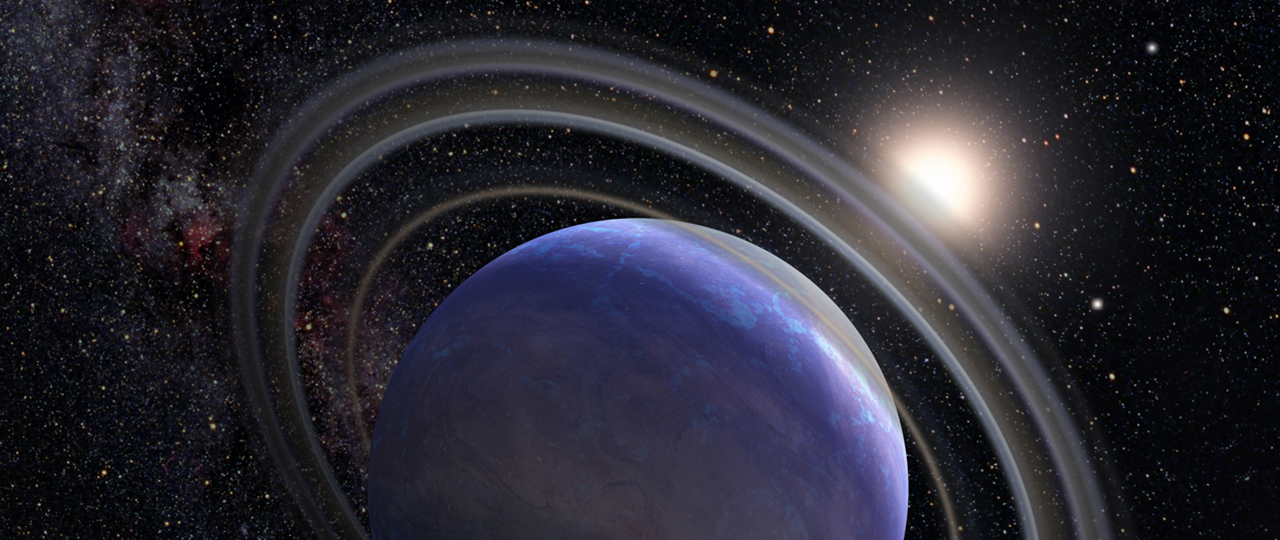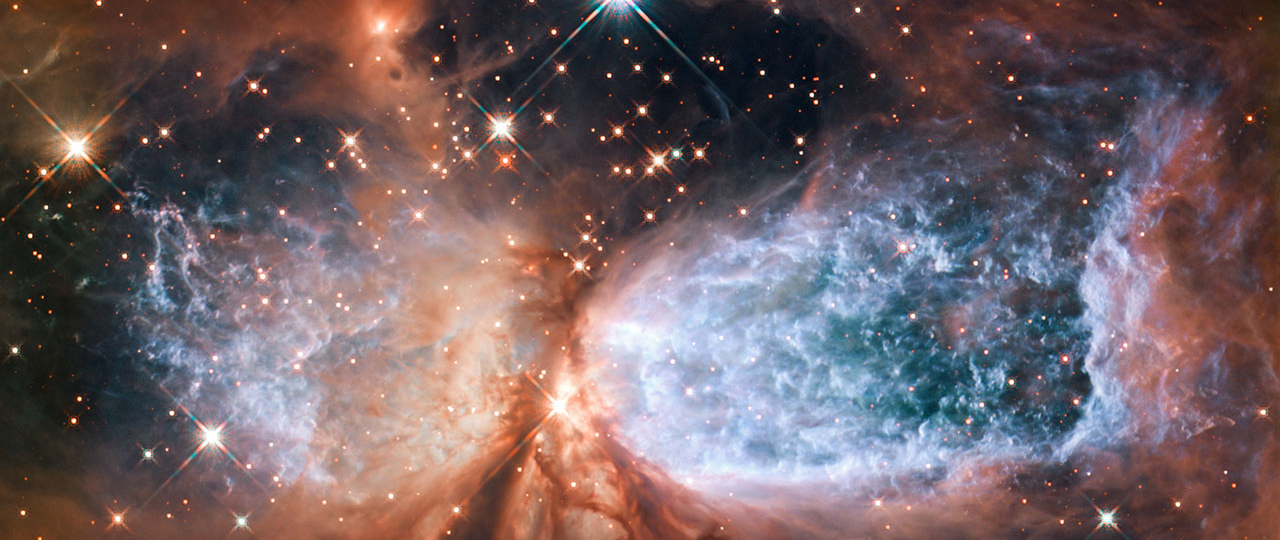Design
Mission
LUVOIR (Large UV Optical Infrared telescope) is a concept for a large multi-wavelength, serviceable observatory following the heritage of the Hubble Space Telescope. In scope with its ambitious planned design, its science goals would enable transformative advances across a broad range of astrophysics. With a proposed launch date in mid 2030s, this observatory includes upgradeable state-of-the-art instruments and would reside at Earth-Sun L2 point. LUVOIR's broad range of capabilities, including its wide UV-NIR wavelength range, will allow it to study yet-to-be-discovered phenomena and answer yet-to-be dreamed of questions we do not yet know to ask. A large fraction of LUVOIR's schedule would be open to the community through a general observing program. The LUVOIR study team is considering two architectures, one with a 15-m mirror (Architecture A), and another with an 8-m mirror (Architecture B). Architecture A is designed for launch on NASA's planned Space Launch System (SLS), while Architecture B is being designed to launch on a heavy-lift vehicle with a 5-m diameter fairing, similar to those in use today.
Telescope
LUVOIR Architecture A (LUVOIR-A) features a 15-m diameter primary telescope aperture and four serviceable instruments, while Architecture B (LUVOIR-B) has an 8-m telescope aperture and 3 instruments. The primary mirror for LUVOIR-A is an on-axis three-mirror anastigmat system (TMA). The advantages of this system include high optical quality across a wide field-of-view. LUVOIR-B is an off-axis TMA, chosen to improve perfomance for high-contrast observations of exoplanets. Both designs include a fine steering mirror located at the real exit pupil of the optical telescope element, to achieve ultra-fine pointing stability for all of the instruments.
ECLIPS
The ECLIPS (Extreme Coronagraph for Living Planetary Systems) coronagraph is a complex instrument, designed to suppress the overwhelming glare of starlight so that faint planets can be seen adjacent to their parent stars. We require a target contrast ratio of < 10-10 to accomplish these observations. This instrument is split into three channels that cover the following bandpasses: near-UV (200 to 400 nm), optical (400 nm to 850 nm), and near-IR (850 nm to 2.0 microns). Each channel is equipped with two deformable mirrors for wavefront control, a suite of coronagraph masks, a low-order/out-of-band wavefront sensor, and a science integral field spectrograph and/or imaging camera. ECLIPS incorporates both APLC and vector vortex coronagraph designs. ECLIPS would enable, for the first time, direct imaging and spectroscopy of Earth-like exoplanets.
HDI
The High Definition Imager (HDI) instrument is the primary instrument for imaging observations in the near-UV through the near-IR. The HDI design provides a 2 x 3 arcminute field of view, taking full advantage of the angular resolution provided by the telescope, and consists of two channels - a UV/visible (UVIS) channel covering 200 nm - 950 nm and a near-IR (NIR) channel covering the range 800 nm - 2500 nm. The respective focal plane detector arrays provide Nyquist sampled images at 500 nm for UVIS imaging and at 1200 nm for NIR imaging.
LUMOS
LUMOS (LUVOIR Ultraviolet Multi Object Spectrograph) is a multi-object spectrograph covering far-ultraviolet (100 nm) through visible (1000 nm) wavelengths, capable of observing hundreds of targets at once in a wide field of view. LUMOS features high-, medium-, and low-resolution multi-object imaging spectroscopy and far-UV imaging modes. LUMOS can be considered as a successor to the Hubble Space Telescope Imaging Spectrograph (STIS) instrument, with two orders-of-magnitude higher efficiency, multi-object capability, and a wide-field multi-band imaging channel.
POLLUX
POLLUX is a European contribution to the LUVOIR mission concept study. It is a UV spectro-polarimeter with high resolution point source capability (R =120,000) that would be complementary to the LUMOS instrument. It is defined and designed by a consortium of 10 European institutions, with leadership and support from the French Space Agency (CNES).










